| HOME |
|---|
CANES VENATICI
The Hunting Dogs
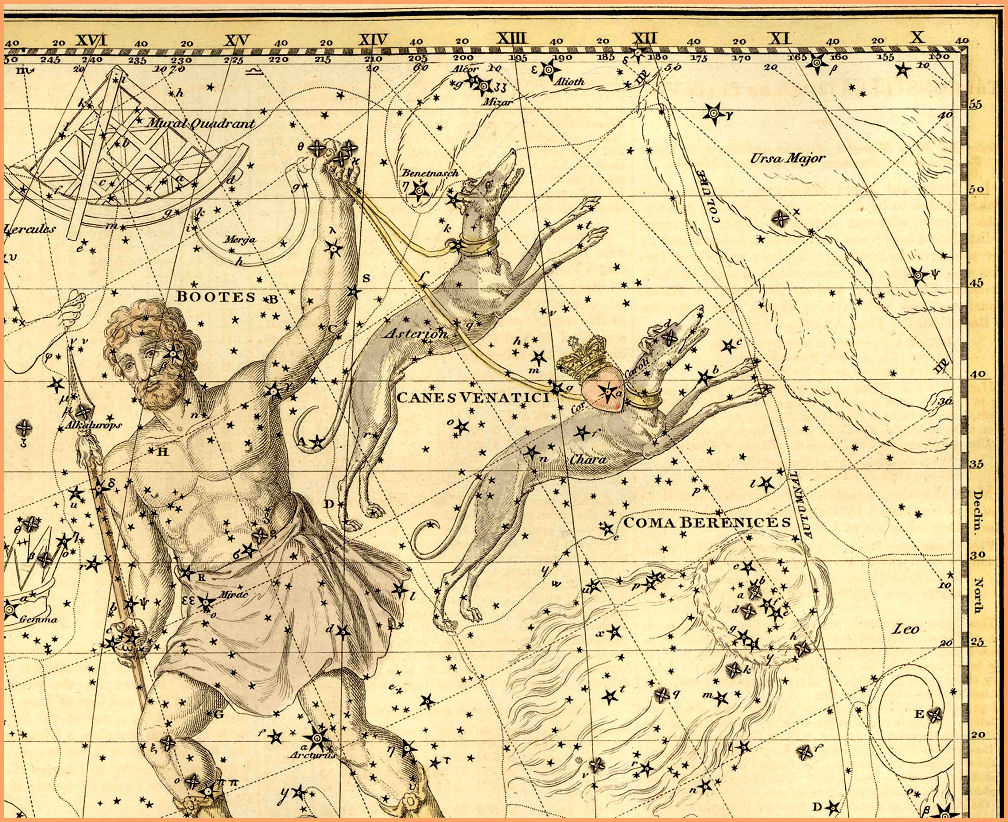
Canes Venatici - Celestial Atlas by Alexander Jamieson - 1822
| HOME |
|---|

In the northern sky there is a small constellation that is too often overlooked. The stars that make up the constellation may be dim, but it contains some of the finest objects in the sky for viewing through a small telescope. The constellation is Canes Venatici, Latin for hunting dogs. They are the dogs of Bootes, the herdsman. The southern dog is named Chara, taken from the Greek word for joy. The northern dog is named Asterion, meaning little star, and is indeed made up of a smattering of little, dim stars. The dogs are found between Bootes and Ursa Major, straining at their leashes and nipping at the heels of the great bear.
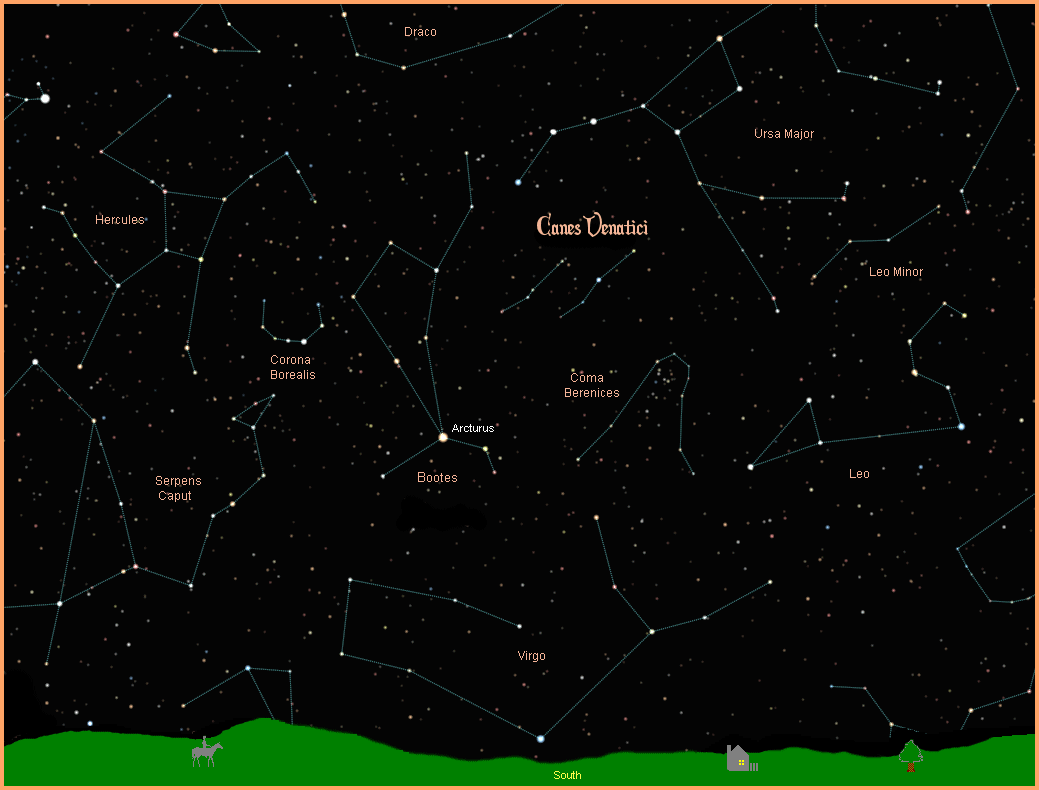
The brightest star in the constellation, Alpha Canum Venaticorum, is named Cor Caroli, the heart of Charles, memorializing the deposed British monarch King Charles I. It is a binary star system 110 light years away with a combined magnitude of 2.9. The two stars are estimated to be 63 billion miles apart, far enough to resolve through a small scope. Numbering from east to west the dimmer star is Alpha-1 Canum Venaticorum, an F0V yellow main sequence star, magnitude 5.6.
The primary star, Alpha-2 Canum Venaticorum, is an A0V blue/white main sequence star, much hotter and brighter with a magnitude that varies from 2.84 to 2.98. The star's variability is thought to be due to enormous "starspots" caused by its unusually powerful magnetic field, estimated to be 20 times more powerful than the Sun. This star has now become the prototype for a new class of super magnetic stars called Alpha CV Stars.
At a magnitude of 4.2, the second brightest star in Canes Venatici, Beta Canum Venaticorum, is named Chara, the name of the southern dog. It is a G0V yellow main sequence star, very similar to our Sun. That and the fact that it is only 27 light years away - virtually right next door - makes it a prime target in the search for extraterrestrial life.
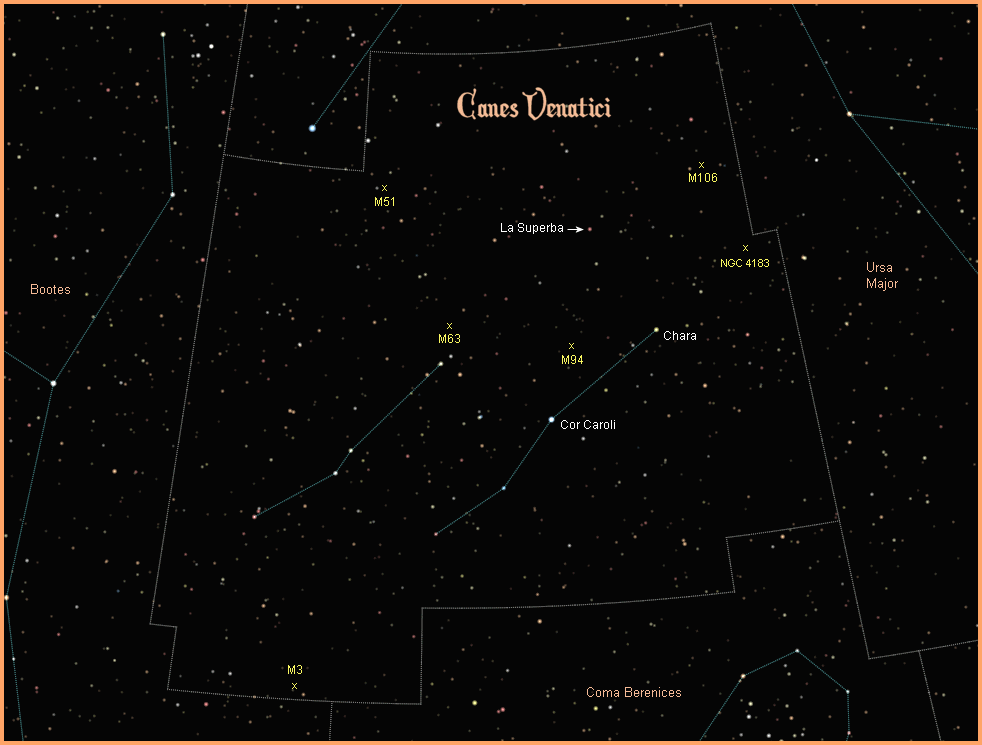
One more star of special note is named La Superba (HD 110914), for its glorious red colour. Its magnitude is not overly impressive at 4.8, but it stands out well because of its dazzling colour. Robert Burnham describes it as "... one of the reddest of all the naked eye stars, and shows a truly odd and vivid tint in large telescopes." It is a star nearing the end of its life, a C7I red supergiant, a special class of variable red supergiant known as a Carbon Star, with a magnitude that changes between 4.8 and 6.3. The star is very far away, at a distance of 1,052 light years. The reason we can see it at such a distance is because it is true behemoth, about 200 million miles in diameter, compared to our Sun's diameter of 1 million miles. It is also one of the coolest stars known with a surface temperature around 2,500 degrees K.
Two stars have been found to have gas giant planets, Hat-P-12, and Hat-P-36, but they are both extremely distant and well beyond naked eye visibilty. For more information on these and other extrasolar planets, visit NASA's New Worlds Atlas, and The Open Exoplanets Catalogue.
The first deep sky object to point your telescope at is M3 (NGC 5272), the third of over 100 mysterious nebulous objects catalogued by the famous Charles Messier in the 18th century. The only thing Messier knew about it at the time was that it was not a comet, because it didn't move. Now we know that M3 is a globular star cluster, over 100,000 light years away, one of about two hundred mini galaxies that surround the Milky Way. M3 is one of the biggest and brightest of these clusters, containing over 500,000 stars, making it a splendid sight in a small telescope. At magnitude 6.2, it is at the very edge of naked eye visibility.
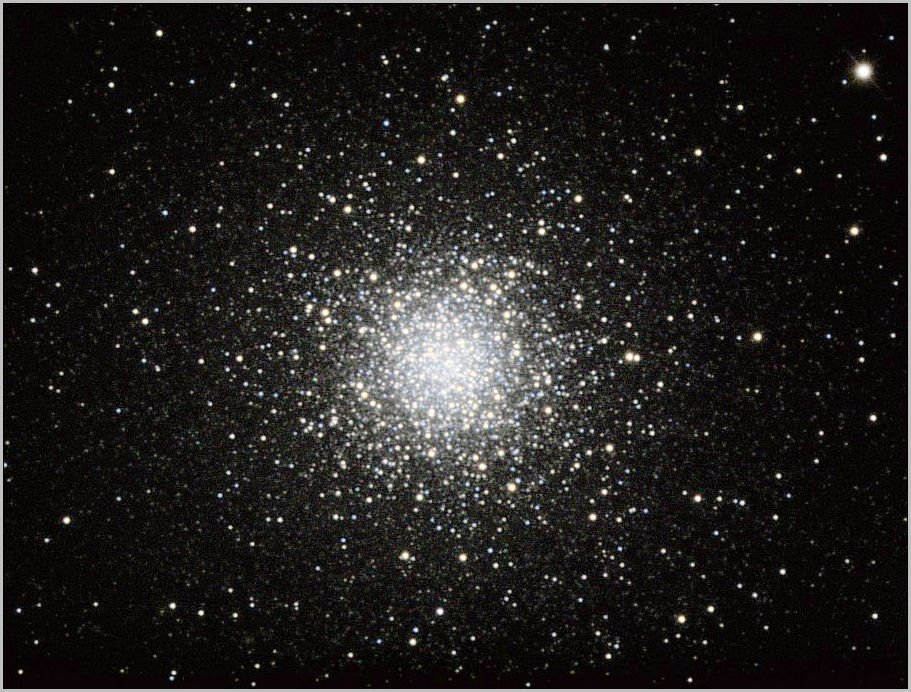
The next object to look at is M51, the famous Whirlpool Galaxy. M51 is 35 million light years away with a magnitude of 8.4. The fact that it is tilted 90 degrees to our line of sight makes it one of the best galaxies to view in a small scope. M51 is interacting with the smaller galaxy NGC 5195 right beside it.
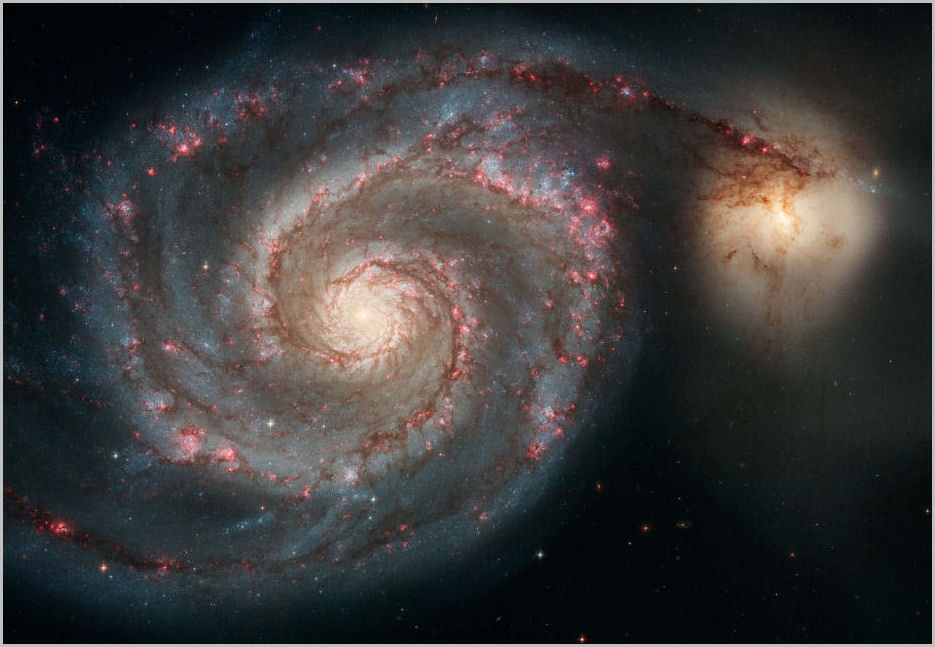
M63 (NGC 5055), also known as the Sunflower Galaxy, is another relatively bright spiral galaxy with a magnitude of 8.6. It is 37 million light years away.
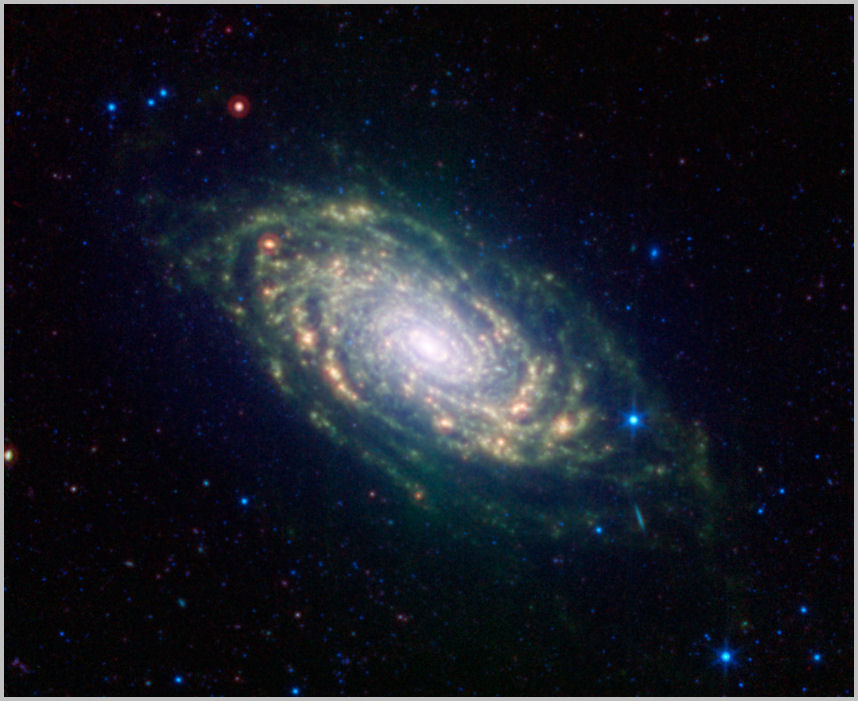
M94 (NGC 4736) is another nice, bright, face-on spiral galaxy to target with a backyard telescope. It has a magnitude of 8.2, and is 16 million light years away.
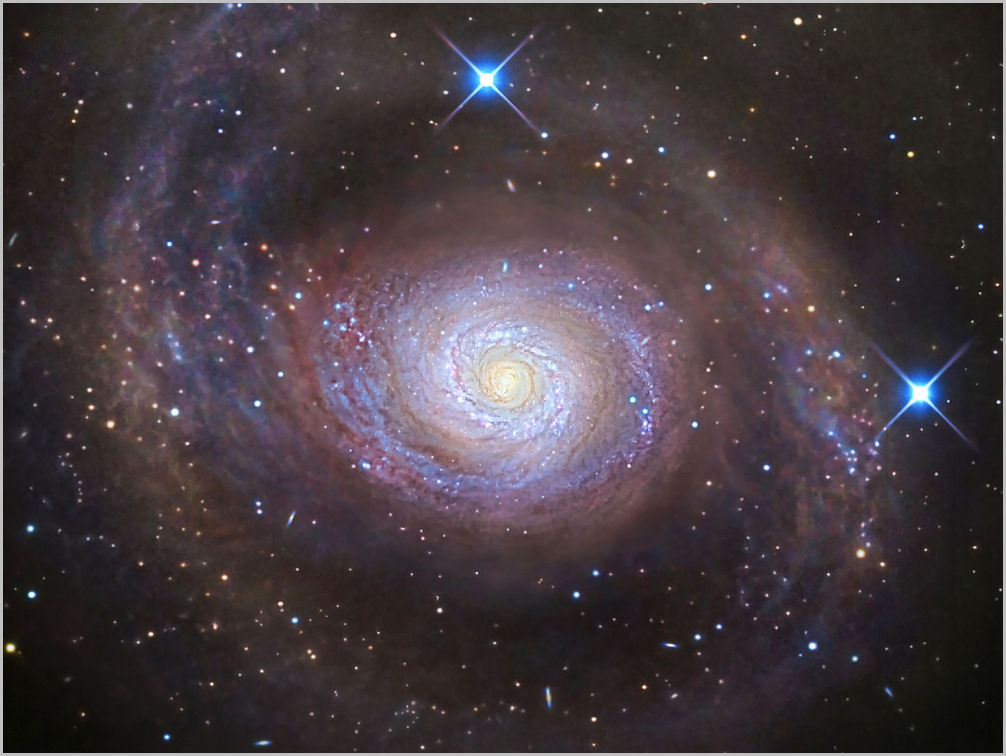
M106 (NGC 4258) was captured in stunning detail by the Hubble Space Telescope below. The galaxy is 23 million light years away with a magnitude of 8.4.
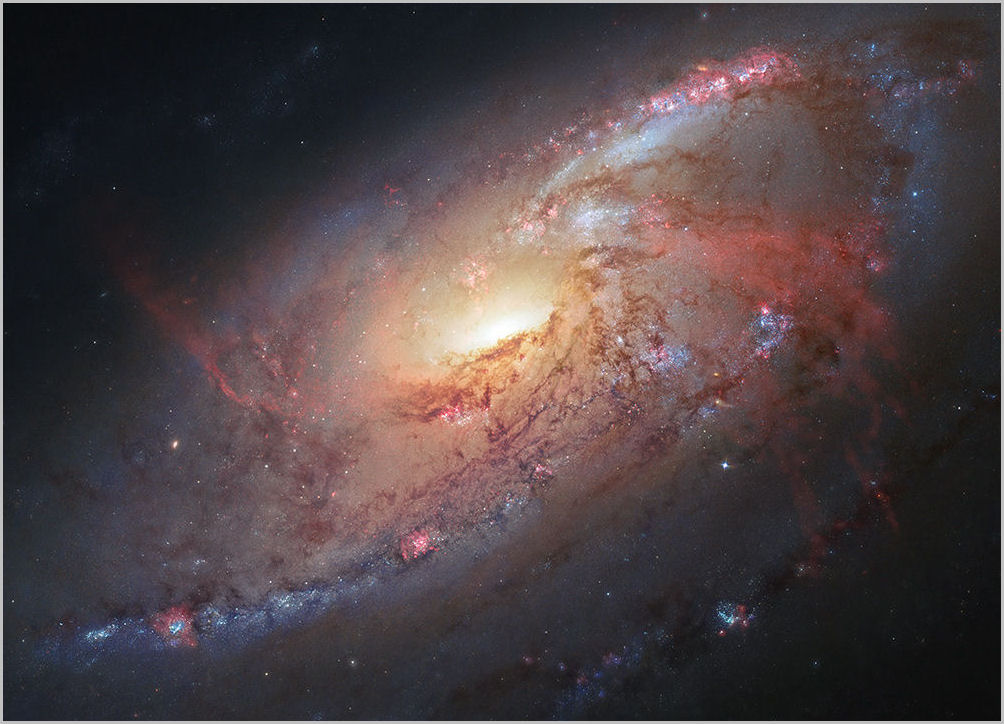
Moving out to 55 million light years and into the realm of larger telescopes, we find spiral galaxy NGC 4183 at magnitude 12.4. About 80,000 light years across, it is slightly smaller than our Milky Way.
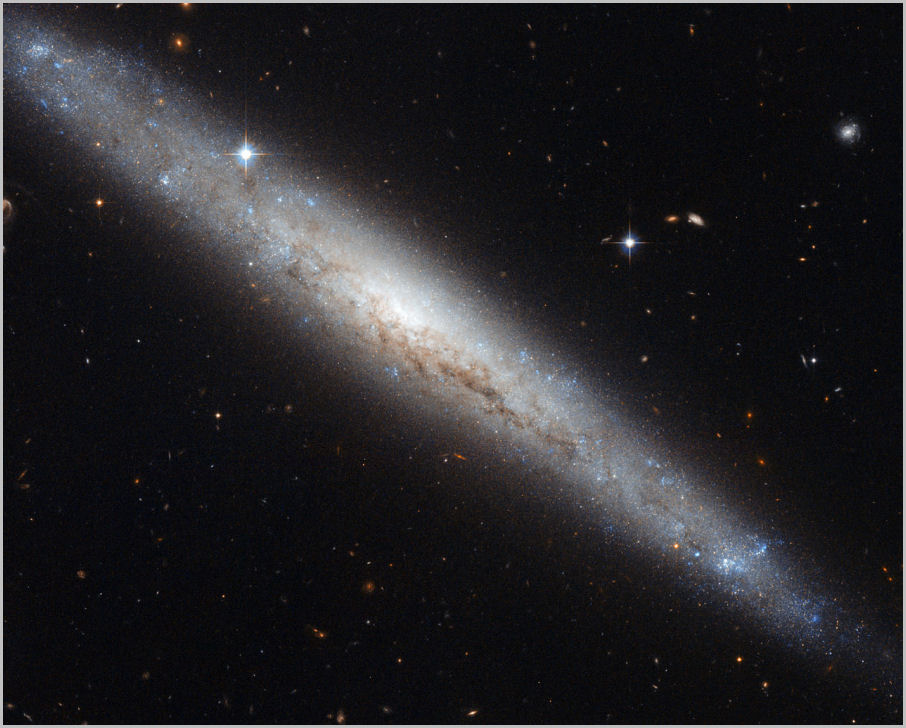
|
|
|
|
|
|